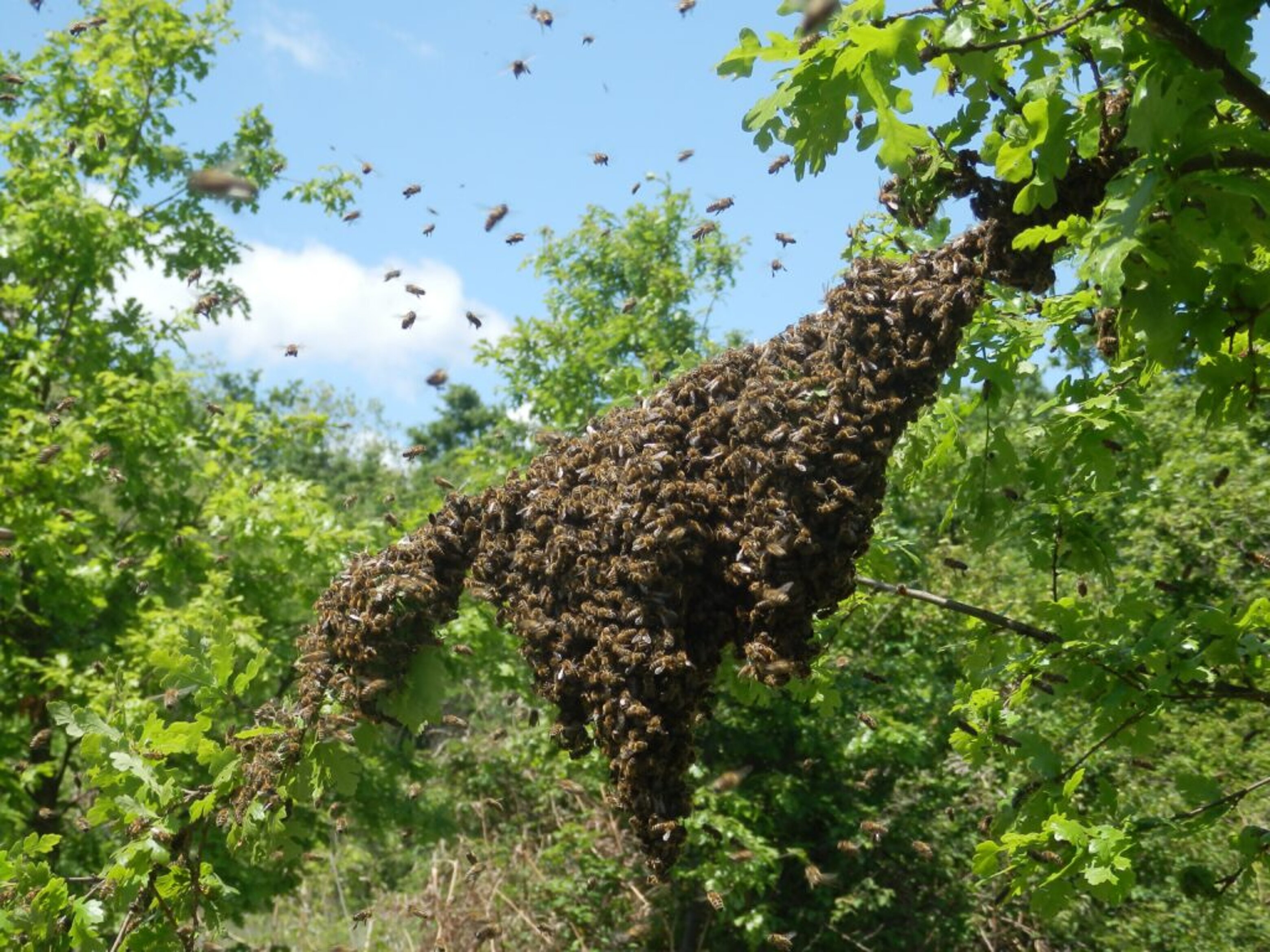Ecopiakos Soluzioni Ecologiche - P.iva 05534520878
CHARACTERISTICS OF THE WASPS

Wasps are aculeated hymenoptera, insects belonging to the Vespidae family. They are insects called eusocial, that is, colonies of insects that raise their offspring together by dividing the work. The most common are of the genus polistes, they live in small colonies, and their nests consist of a single honeycomb of cells without an envelope. Of this species, the dominulus is the Italian one, which due to its predilection for building their nests on constructions, artefacts and buildings, often makes cohabitation with humans impossible. The wasps lay their eggs directly on the bottom of the cells by attacking them with a sticky discharge. While in the first few days all the founding females of the nest can lay eggs, ten days after its creation only the dominant female can lay eggs. The wasps of the polistes family are commonly called paper wasps as they build their nests by mixing wood particles with saliva and their color resembles that of cardboard. Wasps are social insects, they live in colonies inside crawl spaces and some species in underground nests. Wasps have a sting that they use as a weapon to attack or defend themselves.Unlike bees, wasps can sting more than once and stay alive, making them more dangerous. Bees sting only if they cannot help it, they know that after having stung their sting it remains attached to the victim, detaching itself together with the abdomen resulting in the death of the bee.This is due to the conformation of the sting which in the bee is like a The harpoon, once penetrated, no longer comes out, while in the wasp it is like a needle. When wasps are disturbed, even if not intentionally, they attack by stinging to defend the colony. Their sting often causes severe irritation and in some cases even anaphylactic shock. The wasp nests are not always visible. Some colonies consist of 1000-2000 individuals. Some species of wasps can be particularly aggressive; if disturbed, they attack humans, and with the stings they can inoculate robust quantities of poison; especially when they swarm in swarms. If it happens to have to move near a nest or, unlucky, to harass them, the suggestion is to avoid lightning and sudden movements, in an attempt to free yourself from the attack.
Different types of wasps
Vespa crabro, is the hornet; Dolichovespula, the nests are generally found in the attics, have a rounded shape and look like cardboard balls; Polistes gallicus, is the common wasp, the nests are simple honeycombs, we find them on the walls and on the railings of buildings; Vespula germanica, is the wasp that builds nests in the ground, sometimes as Dolichovespula exploits the cracks in the walls.

What can we do
Intervention on hornets and wasps, unless it is a nest in the mailbox, requires having to work at height, often using convenient means of elevation. These equipments are misunderstood as useless appendages, however, the excess of their cost is justified by the safety and damage to the tiles that could cause trampling. Then, you have to equip yourself with additional protective clothing. In addition to the classic personal protective equipment, a beekeeper's suit or shirt - depending on the case - is needed, equipped with a net mask: they guarantee especially hornet attacks. The intervention focuses on the use of killing insecticide solutions and on the removal of nests, when possible. A cloudy and dark sky, during the disinfestation could help: the wasps when they escape two drops remain in the nest, we will hit them with certainty. Apart from a few simple cases to solve, the rest should be done by the professional exterminator.

Live documentation
Our interventions are also carried out with private citizens: all this is justified because this type of problem, while being a guarantee of safety, does not fall within the competence of the Fire Brigade, as they reside in private areas.
Ecopiakos Ecological Solutions - Leading company in Eastern Sicily- P.iva 05534520878
